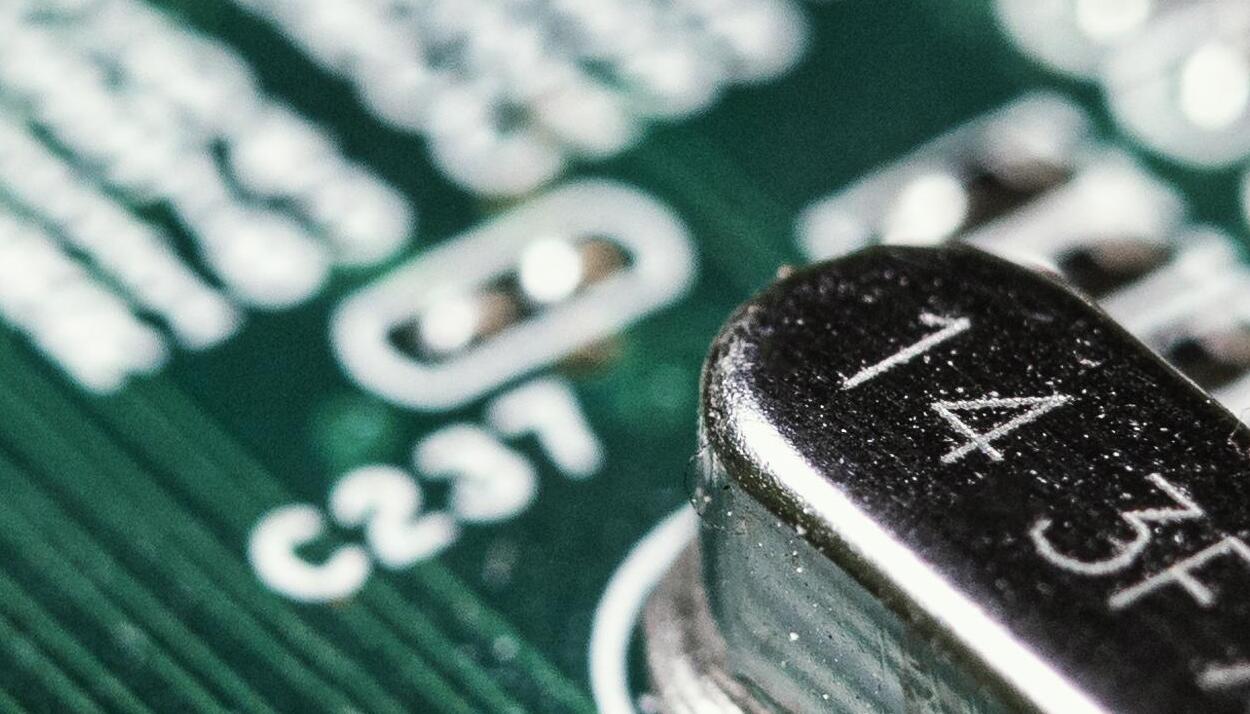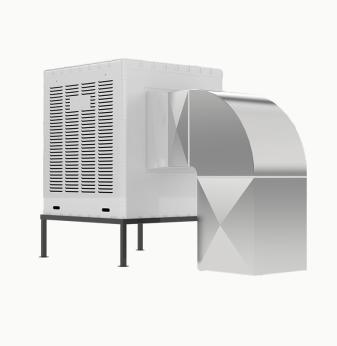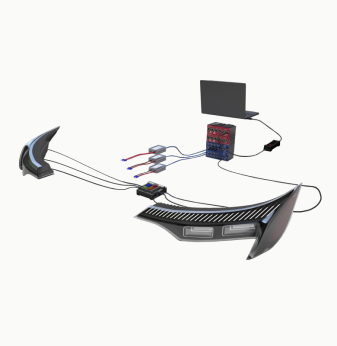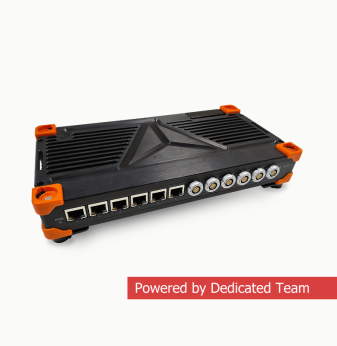Top 5 Trends in Embedded Systems Development for 2025

The embedded systems industry is evolving rapidly, driven by advancements in AI, IoT, low-power computing, and security. In 2025, we expect embedded systems to become more intelligent, power-efficient, and secure, shaping the future of industrial automation, automotive technology, healthcare devices, and consumer electronics.
In this article, we explore five key trends that will define embedded software and hardware development in the coming year. Whether you're an engineer, product developer, or business leader, understanding these trends will help you stay ahead in the competitive embedded market.
1. AI-Powered Embedded Systems
Why AI in Embedded Systems Matters
AI integration in embedded systems is transforming how devices process data, make decisions, and interact with users. Unlike traditional embedded devices, AI-powered embedded systems leverage machine learning (ML) and neural networks to deliver real-time intelligence at the edge.
Applications of AI in Embedded Systems
- Predictive Maintenance: AI-driven analytics can detect potential system failures before they occur, reducing downtime in industrial automation.
- Autonomous Vehicles: AI in embedded systems enables real-time object recognition, sensor fusion, and decision-making for self-driving cars.
- Smart Healthcare Devices: AI-powered ECG monitors, glucose sensors, and wearable health trackers provide early diagnosis and patient monitoring.
Challenges in AI-Embedded Integration
- Power Consumption: AI algorithms require optimized embedded hardware to ensure low power usage.
- Limited Processing Power: AI at the edge requires specialized chips like TPUs (Tensor Processing Units) or FPGAs to enhance performance.
- Real-Time Processing: AI-powered embedded systems must process and analyze data instantly for mission-critical applications.
Related: AI in Embedded Systems Development
2. IoT and Embedded Security
Why Security is Critical in IoT Embedded Devices
With billions of IoT devices expected to be deployed in smart homes, industrial automation, and healthcare, security remains a top priority. Many embedded systems lack proper security mechanisms, making them vulnerable to cyberattacks.
Key IoT Security Technologies
- End-to-End Encryption: Ensures secure data transmission between embedded devices and cloud platforms.
- Zero Trust Architecture: Prevents unauthorized access to embedded devices through strict access controls.
- AI-Based Threat Detection: AI-driven anomaly detection helps identify potential security breaches in real time.
Best Practices for Securing Embedded Systems
| Security Measure | Description |
| Secure Boot | Ensures that only authenticated firmware is executed on the device. |
| Hardware Encryption | Protects sensitive data at the hardware level, reducing attack surfaces. |
| OTA Firmware Updates | Enables real-time security patches for embedded devices. |
| Secure Communication Protocols | Use TLS, MQTT, and CoAP to encrypt data exchange between IoT devices. |
Related: IoT Security for Embedded Devices
3. Low-Power Embedded Systems
The Rise of Energy-Efficient Embedded Computing
With the demand for battery-powered devices increasing, low-power embedded systems have become essential for IoT, wearable devices, and remote sensors. Engineers are focusing on:
- Ultra-low-power MCUs (Microcontrollers) like ARM Cortex-M and RISC-V.
- Energy-efficient wireless communication such as Bluetooth Low-Energy (BLE), NB-IoT, and LoRaWAN.
- Adaptive power management techniques like dynamic voltage scaling (DVS) and event-driven processing.
Use Cases for Low-Power Embedded Systems
- Wearable Health Monitors – Smartwatches, ECG patches, and glucose monitors run for months on a single charge.
- Remote IoT Sensors – Environmental monitoring and industrial IoT applications require long-lasting power efficiency.
- Smart Agriculture – Low-power embedded solutions improve precision farming with autonomous monitoring.
4. Edge Computing in Embedded Systems
How Edge AI is Changing Embedded Systems
Edge computing shifts data processing closer to the source, reducing latency and dependence on cloud infrastructure. This is especially important for real-time applications in automotive, robotics, and industrial automation.
Advantages of Edge Computing in Embedded Systems
- Lower Latency – Real-time response without waiting for cloud-based processing.
- Bandwidth Optimization – Reduces the amount of data sent to cloud services.
- Improved Security – Local data processing minimizes exposure to cyber threats.
Edge AI in Action
- Smart Surveillance Systems: AI-enabled cameras analyze footage in real time to detect threats.
- Industrial IoT: Factories deploy AI-driven machine vision for defect detection.
- Autonomous Drones: Real-time object detection and navigation powered by edge AI.
External Reference: Edge Computing in Embedded AI

5. The Rise of RISC-V in Embedded Development
Why RISC-V is Gaining Popularity
RISC-V is an open-source instruction set architecture (ISA) that is revolutionizing embedded system development. Unlike proprietary architectures like ARM and x86, RISC-V allows developers to customize processors for specific applications.
Advantages of RISC-V for Embedded Systems
- Open-Source Flexibility – No licensing fees or vendor lock-in.
- Customizability – Developers can optimize hardware for specific power, performance, and security needs.
- Growing Ecosystem – Increasing adoption in IoT, automotive, and industrial automation.
Where RISC-V is Making an Impact
- IoT Devices – Custom processors optimized for energy-efficient data processing.
- Automotive Systems – ADAS (Advanced Driver Assistance Systems) leveraging custom RISC-V chips.
- Aerospace & Defense – Secure, high-performance computing for mission-critical applications.
Related: RISC-V in Embedded Hardware
Conclusion
The embedded systems landscape in 2025 will be shaped by AI integration, IoT security, low-power computing, edge AI, and RISC-V adoption. Engineers and product developers must adapt to these trends to stay competitive.
Looking to implement cutting-edge embedded solutions in your next project? Contact Promwad for custom embedded development services tailored to automotive, IoT, and industrial automation.
Our Case Studies in Hardware Design












